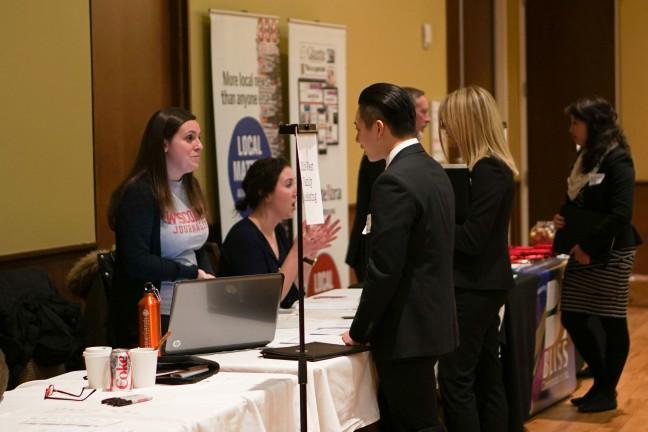It’s like riding a bike.
The idiom gets tossed around to imply something easily remembered, something innately familiar. Seems simple enough, right? Yeah, well, when one never really learns to ride a bike in the first place, things get a little complicated.
Just fewer than 60 percent of voters in the great state of Arizona recently opted to ditch the training wheels and upgrade to fixed-gears as affirmative action measures have been banned in the state. Put away your papers, it’s time to whiten this place up.
Arizona, as did most states, had provisions in place to facilitate the assistance of underrepresented minorities in academics and employment. This was done for the simple reason that, well, our country has been, what’s the best way to put this, mired in a system of white preference and the suppression of people of color, individuals with roots anywhere outside of Western Europe and women. Call it white guilt if you choose, but I’m well aware of the opportunities I’m afforded as a white male.
“This state shall not grant preferential treatment to or discriminate against any individual or group on the basis of race, sex, color, ethnicity or national origin in the operation of public employment, public education or public contracting.”
Poetic almost, no?
Supporters of Prop 107 had the ever-reasoned and mature gall to call on University of Arizona President Robert Shelton to step down and open up his position to “a woman or a ‘minority’ that meets the minimum qualifications to be president of the university.” Lovely. Really. Though the scare quotes around the word minority concern me, I can’t honestly say I’m surprised.
The Arizona Republic issued an editorial saying affirmative action was never intended to be “a perpetual-motion machine.” They’re absolutely correct; affirmative action practices will not, and should not, be a permanent fixture in American society.
It makes no sense to elevate a specific group above another; it goes directly in the face of all the progress we’ve made as a nation toward providing a fairer and more equitable society.
But when Republic’s editorial board cites former U.S. Supreme Court Justice Sandra Day O’Connor supporting affirmative action in 2003 when she noted it couldn’t last forever and the process of phasing it out shouldn’t take more than 25 years, they sum it up with, “There’s no reason to wait that long.” This is where they really lose me.
We’ve come a very long way since the days of Jim Crow, but that’s no reason to believe that our work is anywhere near done, especially in the realm of opportunity.
Some may argue affirmative action puts unnecessary emphasis on skin color, ethnic origin or sex over qualification. Though the emphasis is there to be sure, states and establishments are not promoting diversity merely for diversity’s sake; it is a proactive attempt to level the playing field, to take into account the institutionalized discrimination present in all facets of society.
If an individual appears to be under-qualified, it’s almost surely because of a system lacking in resources and opportunity from birth. No amount of scholarships or financial aid can adequately address the underlying problems. Affirmative action may be somewhat of a Band-Aid in that sense, but at least it keeps the wound from bleeding.
Though remedies still exist in the state of Arizona to address active discrimination in either academics or the workplace, the protections which afforded some level footing are no more. And regardless of whether one agrees with affirmative action, one must at the very least acknowledge the ongoing reasons for which it first came into being.
More effort needs to be put forth toward alternative methods of diversifying campus and workplace communities, affirmative action is by no means a cure-all, it’s likely not even the best solution we have at this point in time.
Targeted scholarships that are better marketed and facilitate a less bureaucratic application process could certainly help. Student outreach groups beginning in high school and middle school could pave the way toward eliminating affirmative action. Better funding, better faculty and easier access to resources will surely make a difference.
But until the day we have the above in place, affirmative action programs ought to be maintained, if not for today, then for the day when we finally surpass the need for them.
Jake Begun ([email protected]) is a junior majoring in journalism.













